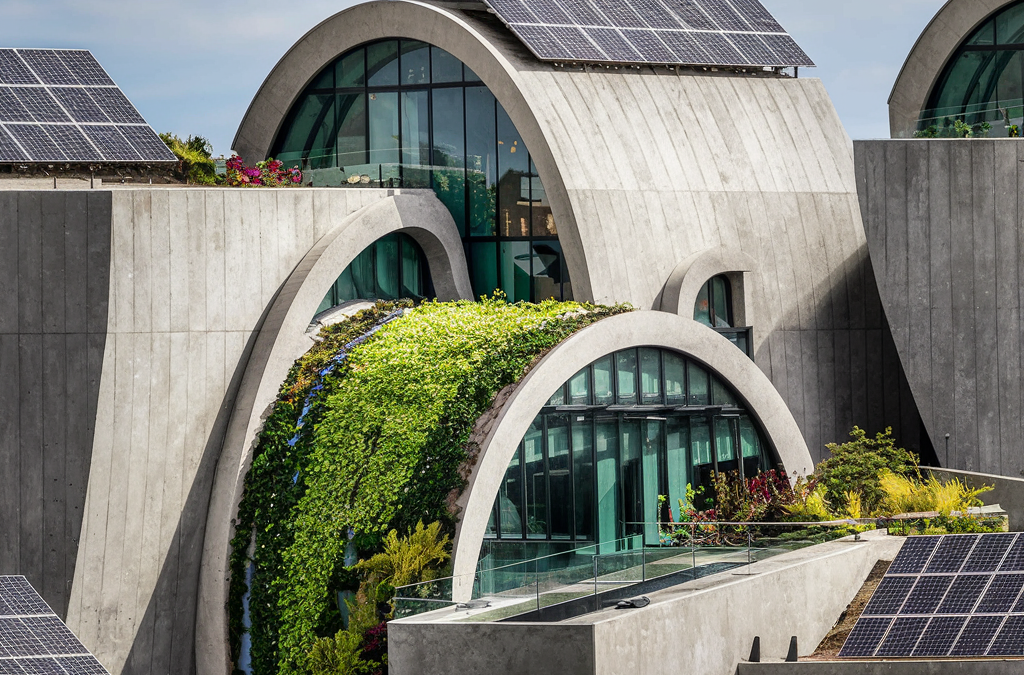European Innovation Council (EIC) Work Programme 2023 funded by the European Union’s Horizon Europe Framework Programme for Research and Innovation.
Funded by the European Commission’s HORIZON-EIC-2023-BOOSTER-IBA-01-01 grant and driven by a collaborative effort between CSIC, UPNA and KUL, the COOLCRETE project builds upon the success of the MIRACLE project. This project aims to propel Photonic MetaConcrete (PMC) towards widespread commercialization by achieving significant advancements in Technology Readiness Level (TRL). Additionally, a Business Readiness Level (BRL) study is being conducted in collaboration with the Spanish National Research Council (CSIC) to bridge the gap between research and practical application.
- CSIC: Consejo Superior de Investigaciones Científicas (Spanish National Research Council)
- UPNA: Universidad Pública de Navarra (Public University of Navarre)
- KUL: Katholieke Universiteit Leuven (KU Leuven)
The MIRACLE Legacy: Unlocking Concrete’s Cooling Potential
Under the visionary leadership of Dr. Jorge S. Dolado from CSIC-CFM, the MIRACLE project made a remarkable breakthrough by unlocking the potential to transform ordinary concrete into a high-tech material capable of operating at sub-ambient temperatures under direct sunlight exposure.
This groundbreaking achievement laid the foundation for the COOLCRETE project, which aims to take these innovative ideas to the next level and bring them closer to practical applications.Key Objectives: Paving the Way for Widespread AdoptionThe COOLCRETE project has set its sights on three key objectives that will pave the way for the widespread adoption of radiative cooling concrete:
- Integrating with Cooling and Heating Technologies: Exploring seamless integration possibilities between radiative cooling concrete and existing cooling and heating systems, unlocking new synergies and efficiencies in energy management.
- Identifying Optimal Geoclimatic Scenarios: Conducting comprehensive analyses to pinpoint the geoclimatic regions where radiative cooling concrete can have the most significant impact, maximizing its potential benefits and ensuring optimal performance.
- Exploring Commercial Potential and Target Markets: Identifying attractive markets and end-users for COOLCRETE products, fostering widespread adoption and commercialization through targeted market strategies.
Bridging the Gap: From Research to Real-World Applications
With a keen focus on enhancing both the Technology Readiness Level (TRL) and Business Readiness Level (BRL), the COOLCRETE project is poised to bridge the gap between cutting-edge research and real-world applications. By addressing the practical challenges and commercial viability of radiative cooling concrete, the project aims to revolutionize the construction industry by introducing a sustainable and energy-efficient solution.
Sustainable Construction Solutions for a Greener FutureThe COOLCRETE project represents a significant stride towards a more sustainable future for the construction sector. By harnessing the power of radiative cooling concrete, it offers a promising solution to reduce energy consumption, mitigate urban heat island effects, and contribute to a greener built environment.
This innovative technology has the potential to reshape the way we approach building design and construction, paving the way for a more environmentally conscious and energy-efficient future.
Exciting Times Ahead: Scaling New Heights in Radiative Cooling
As the COOLCRETE project embarks on this ambitious journey, the excitement within the sustainable construction community is palpable. With each milestone achieved, the project inches closer to scaling new heights in the realm of radiative cooling, unlocking unprecedented opportunities for sustainable development and energy efficiency in the built environment.The collaboration between PMC, CSIC, and other esteemed partners promises to drive innovation and push the boundaries of what is possible in the field of radiative cooling concrete.

